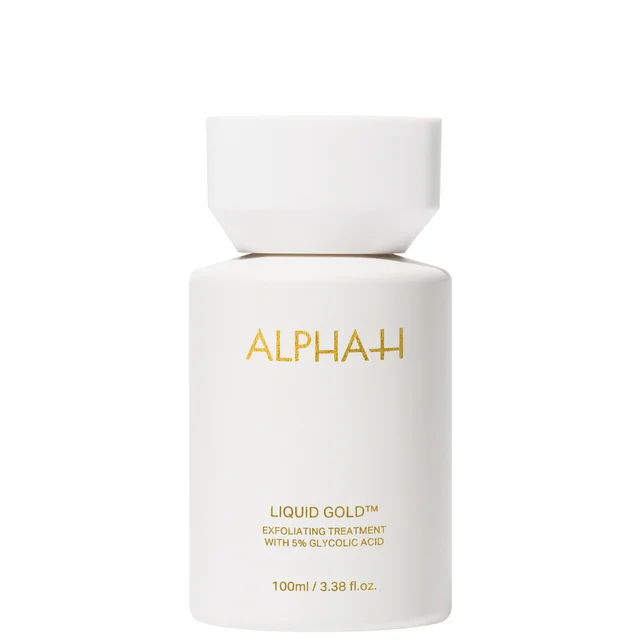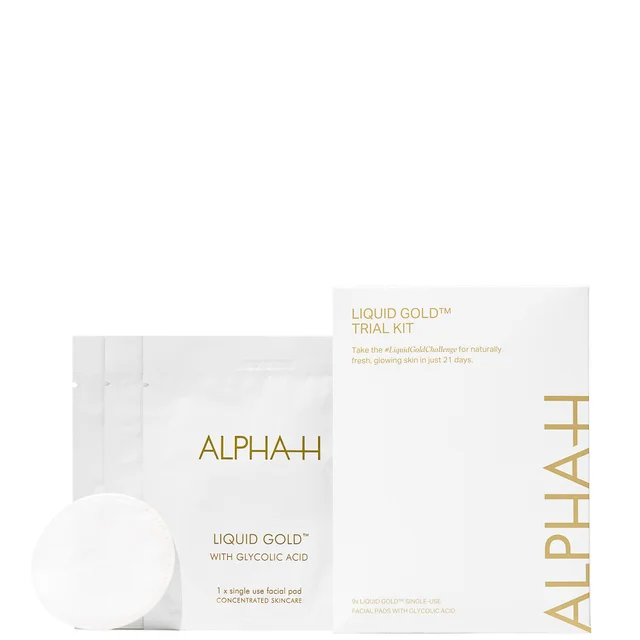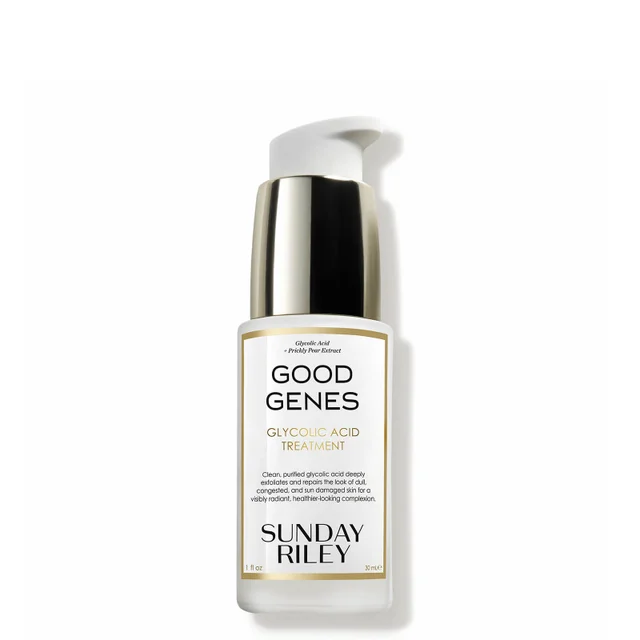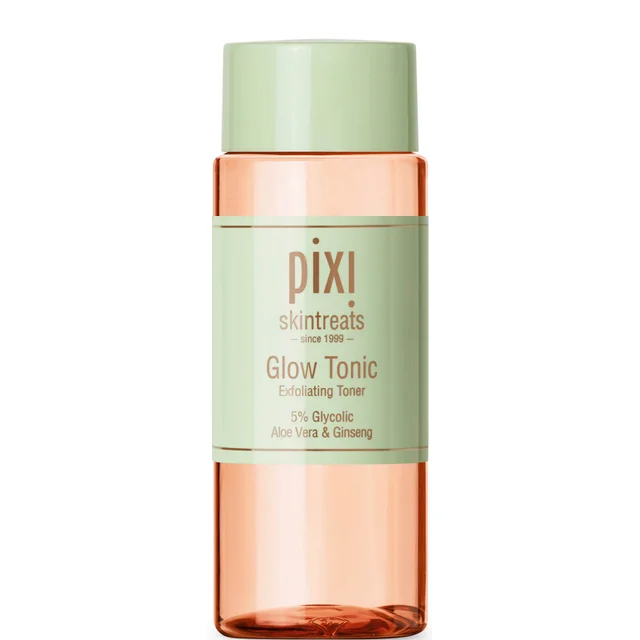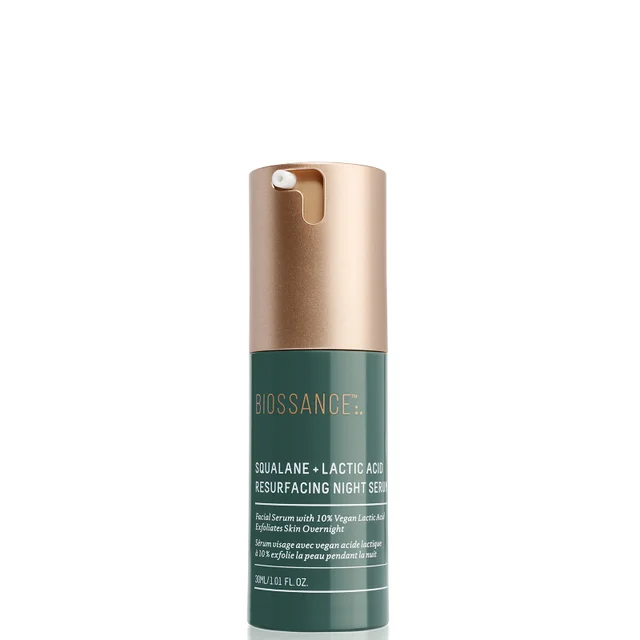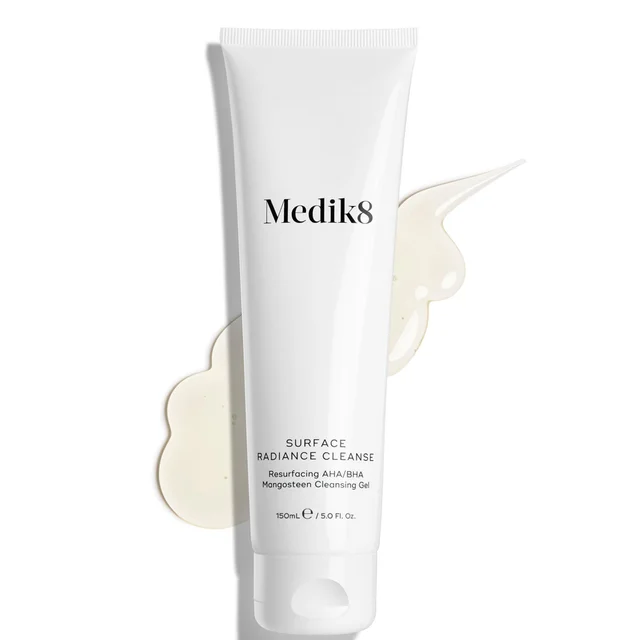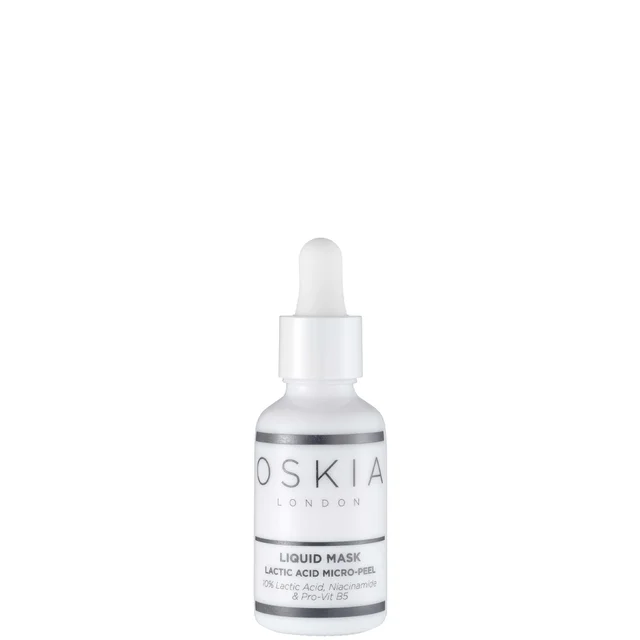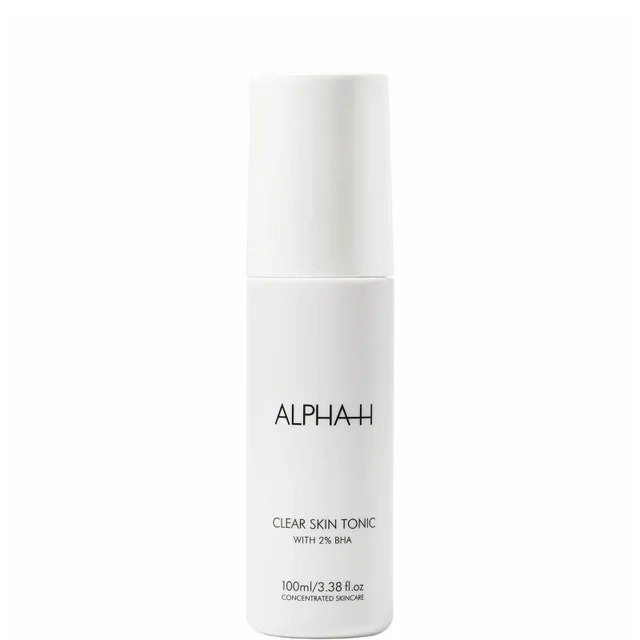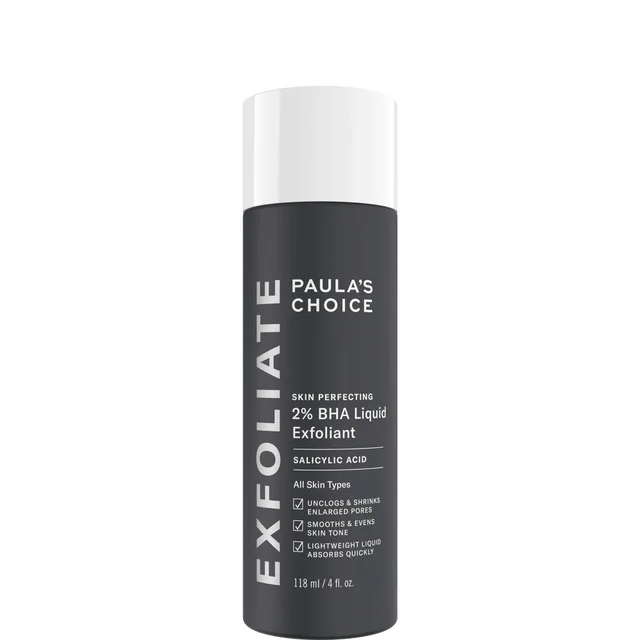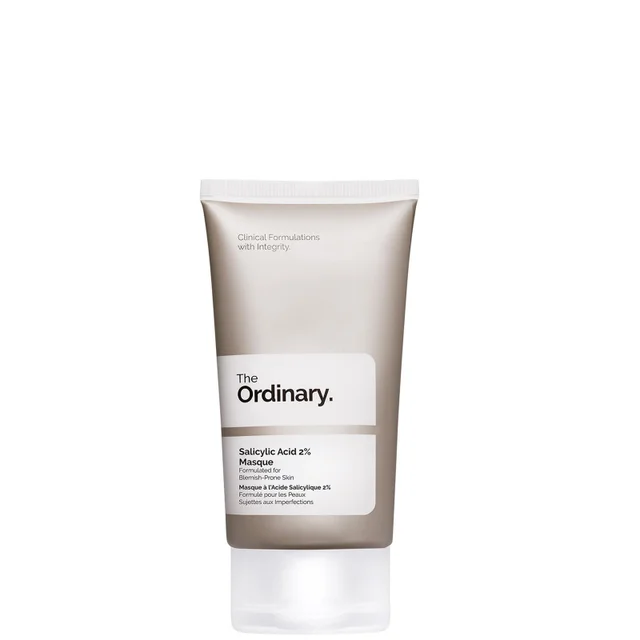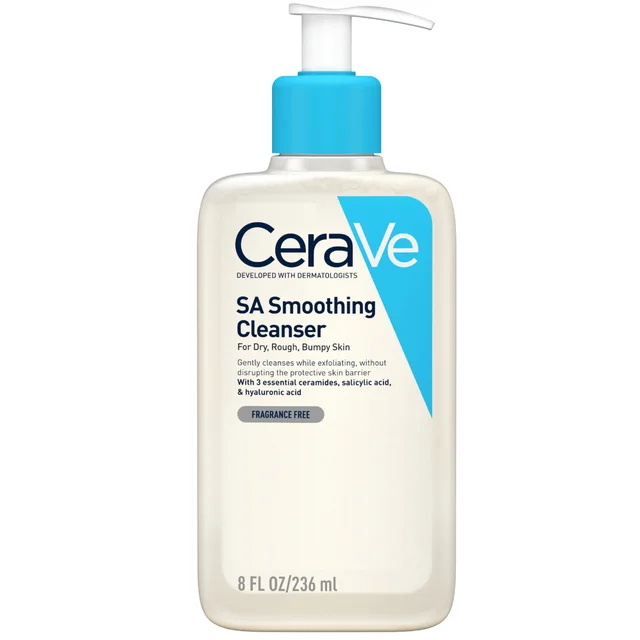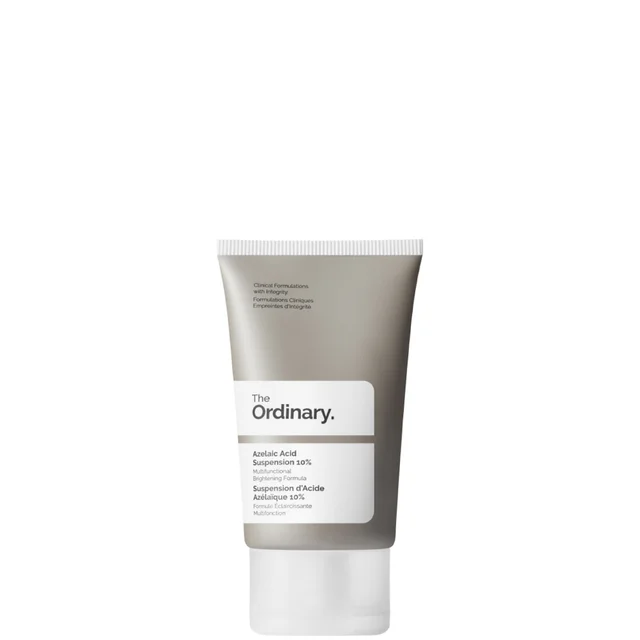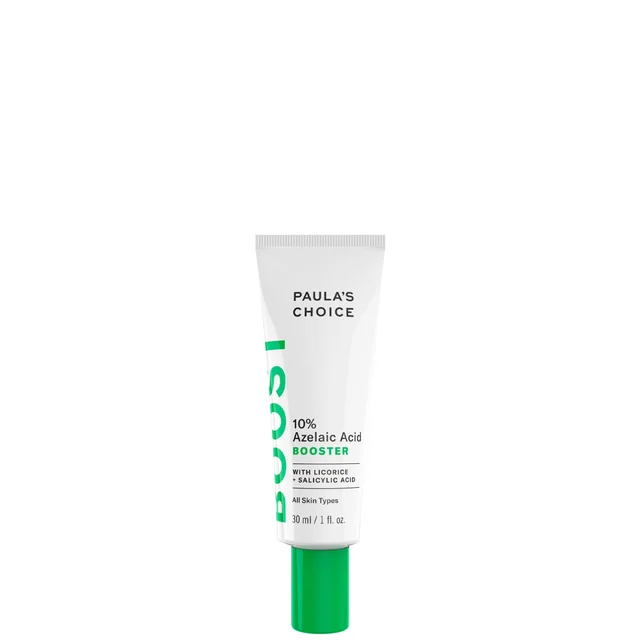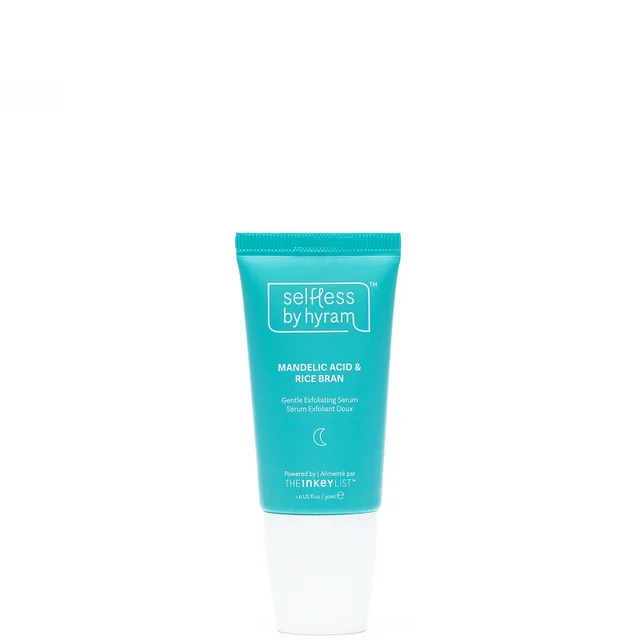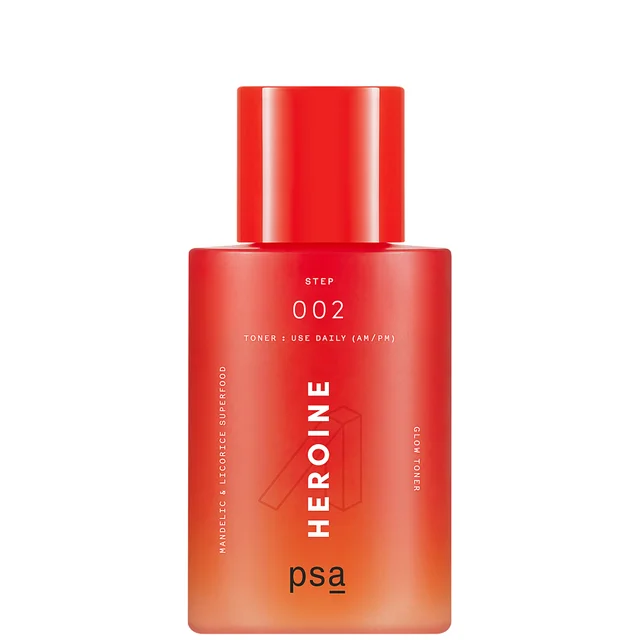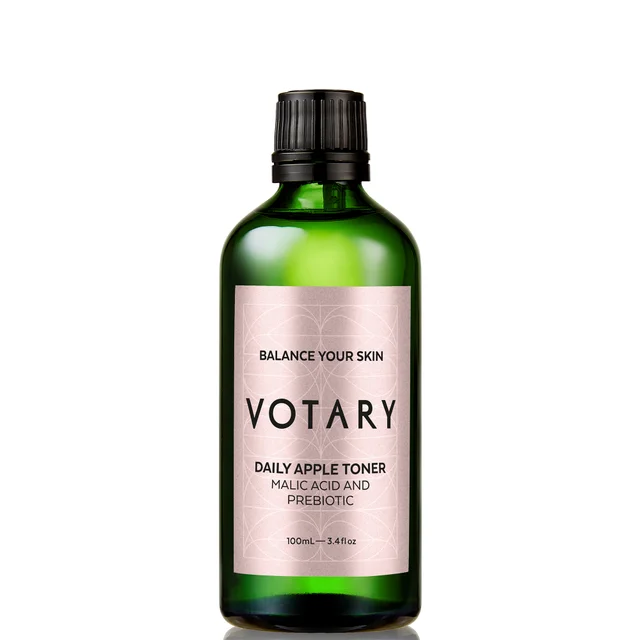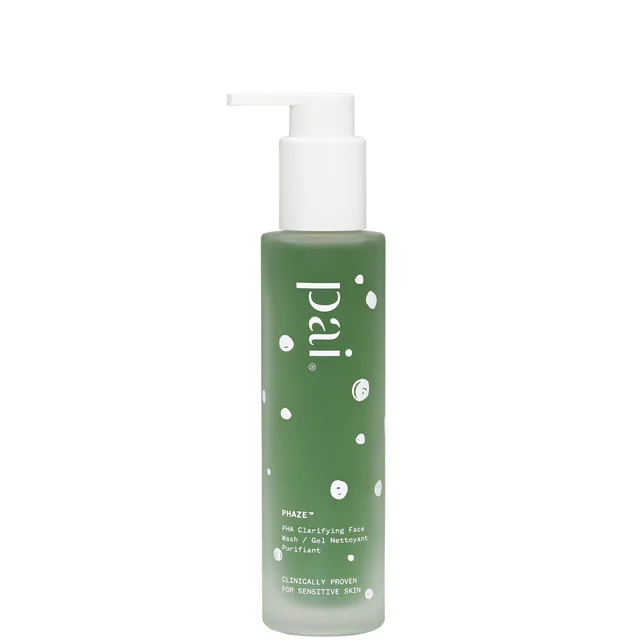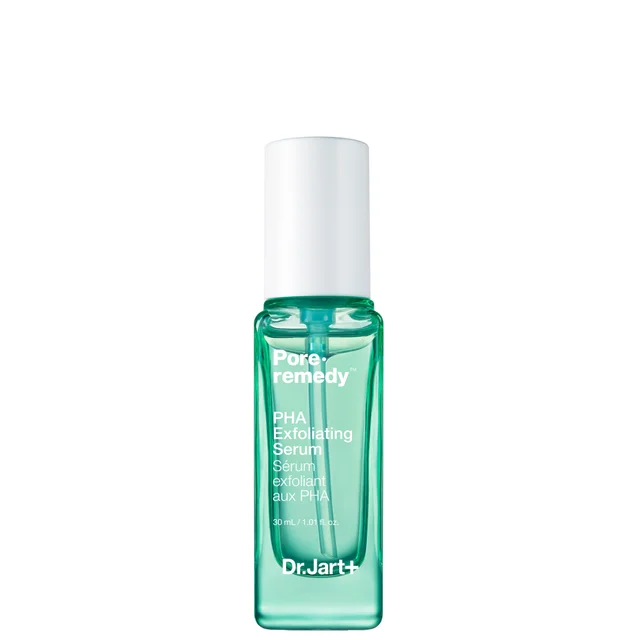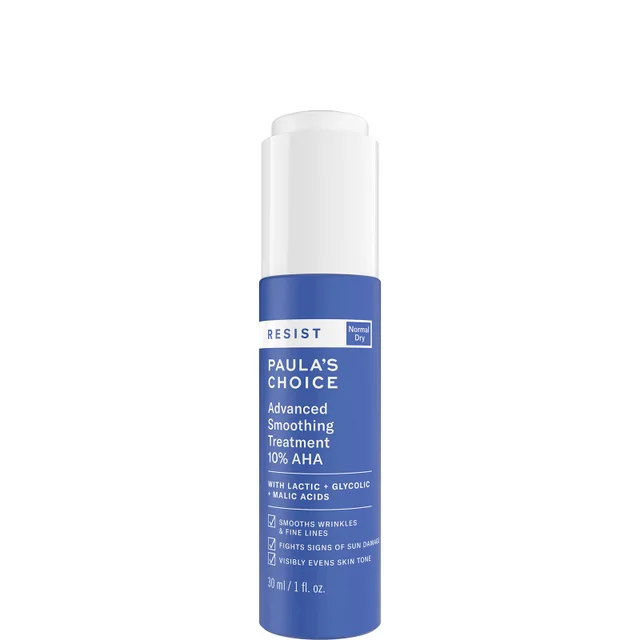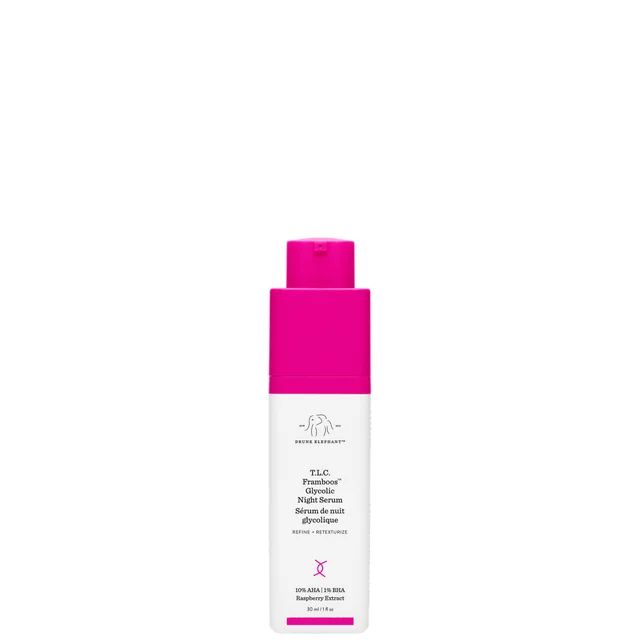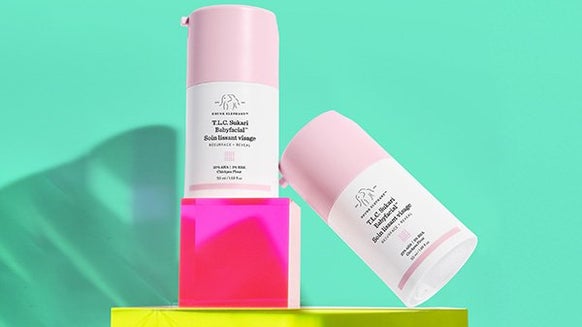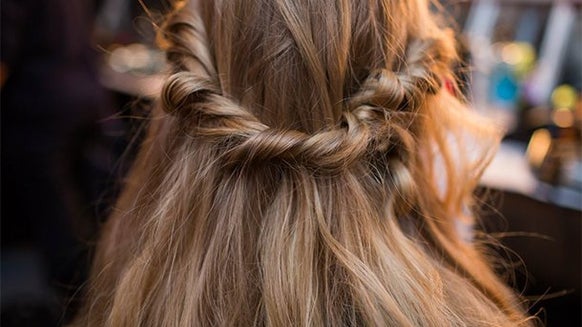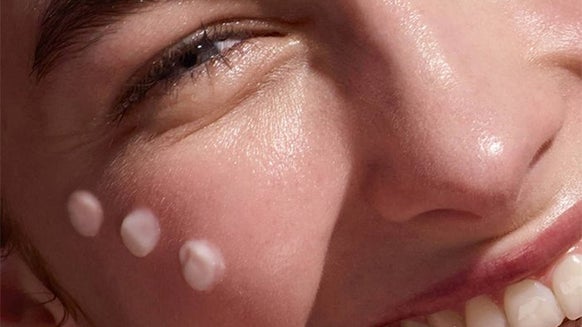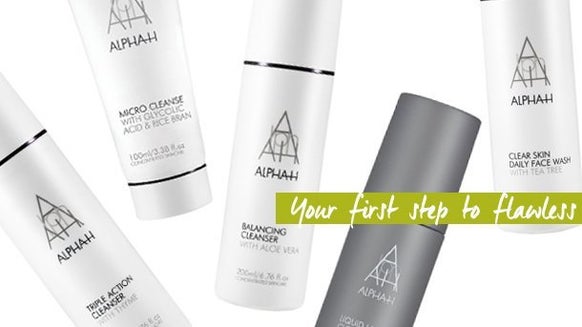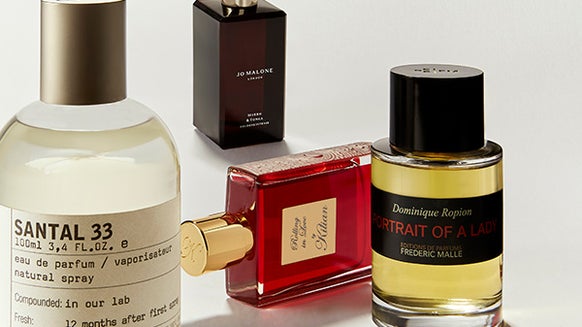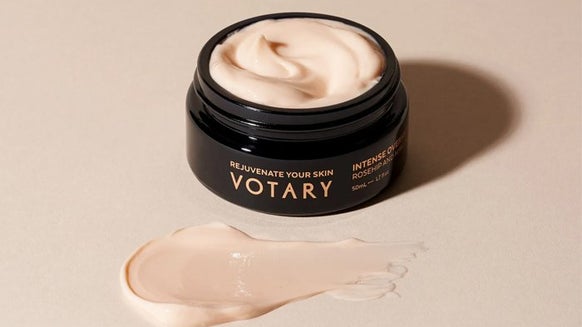Exfoliating with acids? Here’s what you need to know
Though they sound like the last thing you’d want to include in your skin care routine, acids are an integral part of any well-rounded ritual — working to swiftly revitalise skin (when they’re used with appropriate caution).
Designed to be introduced gradually, avoid the temptation to fast-track results... it takes time for your skin to acclimatise and if you go too strong too soon, you’re risking sensitivity and redness. However, by introducing acids in a careful and considered way, you’ll recover your radiance, stat.
Thanks to brands like Alpha-H, Pixi and The Ordinary, fears have been assuaged and beauty consumers have become a lot more receptive to the thought of introducing acids to their skin care rituals. Working wonders, the right acid can tackle a host of common beauty bugbears — from scarring and blemishes to pigmentation, dullness, loss of elasticity and dehydration... the list of benefits is loooong.
But as we mentioned earlier, don’t overdo it! Acids can cause redness, dryness and irritation when applied too frequently, so start off using an acid-based product on one or two nights a week (always at nighttime), and make sure you’re especially rigorous with your sunscreen the following morning as acids increase your skin’s sun sensitivity.
You should see an immediate improvement in your skin’s tone, texture and luminosity (we love rapid results). So, on that note, discover the acids to have on rotation...
AHAs
Like a stint in the gym for your skin, AHAs (short for alpha-hydroxy acids) work by dissolving the ‘glue’ that binds dulling dead cells and debris that comprise skin’s uppermost, radiance-compromising layer: the ‘stratum corneum’. Although it has protective properties, we could all use a regular ‘refresh’ and my chemically shifting this ultra-thin film, you bring new, healthy cells to the surface — smoothing skin’s texture to boost its light-scattering properties (hence, GLOW).
You’ll probably feel a slight tingle whenever you use AHAs (and we mean ‘tingle’ — if your skin feels hot or like it’s burning then you need to rinse the product straight away): this is caused by the shift in your skin’s pH level as acids reduce it from 5.5 to somewhere around 3, which triggers your cells to repair and renew, resulting in an enviable, post-facial radiance.
BHAs
Beta-hydroxy acids (BHAs) work in a similar way to their AHA cousins, but penetrate more deeply where they ‘excavate’ embedded dirt and grime to keep pores clear (and blemishes at bay). Better suited to those with oilier, congested skin types who’re susceptible to breakouts, BHAs are mostly found in ‘clarifying’ formulas, so look for them in ranges aimed at calming, balancing and reassuring acne-prone complexions.
Here are the three AHAs/BHAs you’re probably the most familiar with:
1. Glycolic acid
Derived from sugar cane, glycolic acid is the Tesla of the AHA arena... One of the most effective acids on the market, this is (molecularly!) the smallest of the ‘alphas’, making its ability to penetrate the skin unparalleled. In short, it gets the job done, which is why it’s the star ingredient in Alpha-H's iconic night treatment — the best-loved Liquid Gold Exfoliating Treatment with 5% Glycolic Acid — the product that first pioneered its use in skin care.
2. Lactic acid
Usually derived from milk (but there are synthetic versions for the vegans out there), this works in the same way as glycolic acid but, due to its larger molecular size, it has gentler, more gradual effects — meaning it’s better for those who’re beginners, or whose skin is sensitive. Lactic acid also helps to boost hydration levels while it optimises brightness — you’ll find it in BIOSSANCE’s Squalane and Lactic Acid Resurfacing Serum, which is buffered by the squalane to prevent potential irritating side-effects.
3. Salicylic acid
A beta-hydroxy acid (BHA), salicylic acid works to clarify clogged pores and clear congestion, which is why it’s found in almost every clarifying formula you’d care to mention. The headline ingredient in Alpha-H's Clear Skin Tonic with 2% Salicylic Acid, it has a tangible effect of blackheads, clogged pores and excess oil, while working to revitalise and brighten.
Now you’ve met the ‘main events’, it’s time to graduate from acid school to university... The following AHAs tend to have less retexturising clout than glycolic and lactic, but work well when they’re used alongside them (consider them The Supremes to Diana Ross).
The supporting cast of acids
Malic acid
Helping to inhibit the production of melanin, which means it’s great for hyperpigmentation, malic acid can be found in PAULA’S CHOICE’s Resist Advanced Smoothing Treatment 10% AHA, a pH-balanced formula that gently removes dead skin cells to dramatically improve the signs of dry, dull skin and uneven skin tone.
Citric acid
A fruit-derived acid, it’s most often used as an ‘extra’ to amp up a product’s exfoliating ante. It’s also amazing for lessening darks spots and signs of sun damage, while shielding your skin from the impact of harmful aggressors (it’s rich in antioxidants). Citric joins a chorus of other AHAs in REN’s Glycol Lactic Radiance Renewal, and can be found in Drunk Elephant’s T.L.C. Framboos Glycolic Night Serum.
Mandelic acid
Derived from bitter almonds, this one’s a good choice for oily, blemish-prone skin as it’s anti-bacterial and helps to regulate sebum. You’ll find it in PSA’s Heroine Mandelic and Licorice Superfood Glow Toner.
And not for a few other acids you’ll probably stuble across...
Azeliac Acid
If you already know your glycolics from your salicylics, this is an ‘underground’ acid to have on your radar. This yeast-derived acid works wonders for redness and irritation, making it great fo acne and rosacea due to its anti-inflammatory and anti-bacterial properties, in addition to unifying skin tone. The Ordinary have harnessed it in their brightening and retexturising Azelaic Acid Suspension 10%, which is a must for any savvy skintellectual.
PHAs
Poly-hydroxy acids (PHAs) are currently less commonly used than AHAs but work in a similar way. Because the molecules are larger, they work on a more superficial — and therefore, more gradual — way, which means there’s less initial ‘tingling’ and lower likelihood of irritation (which makes them a brilliant option for those with sensitive or reactive skin types). Working to repair the signs of damage done by sun, blue light and pollution while respecting skin’s barrier, the most common PHAs are gluconolactone, maltobionic and lactobionic acids (the latter crops up in Omorovicza’s Blue Diamond Resurfacing Peel, as well as Dr. Jart+’s Pore Remedy PHA Exfoliating Serum.
And one last word of warning — be careful when layering products if some contain acids as they can work against one another: increasing the risk of reactivity while also diminishing their efficacy. For example, vitamin C doesn’t tend to play nicely with many of the above acids, so any vit C-laced product should be avoided if you’ve already applied an acid to your skin (click here to read more about which skin care products don’t mingle).
SHOP ACIDS >>

Cult Beauty’s Content Editor and a Cult Beauty OG, Verity loves nothing more than the marriage of language and lip balm. A quintessential Libran, she’s a self-professed magpie for luxury ‘must-haves' and always pursuing the new and the niche — from the boujee-est skin care to cutting-edge tech. Balancing an urge to stop the clock with her desire to embrace the ageing process (and set a positive example for her daughter), Verity's a retinol obsessive and will gladly share her thoughts about the time-defying gadgets, masks and treatments worth the splurge...
